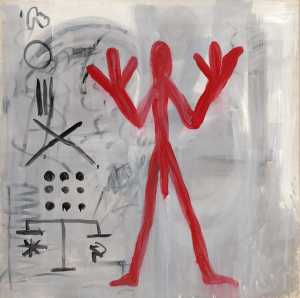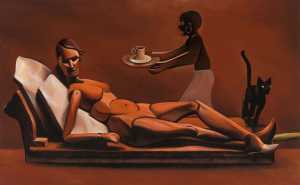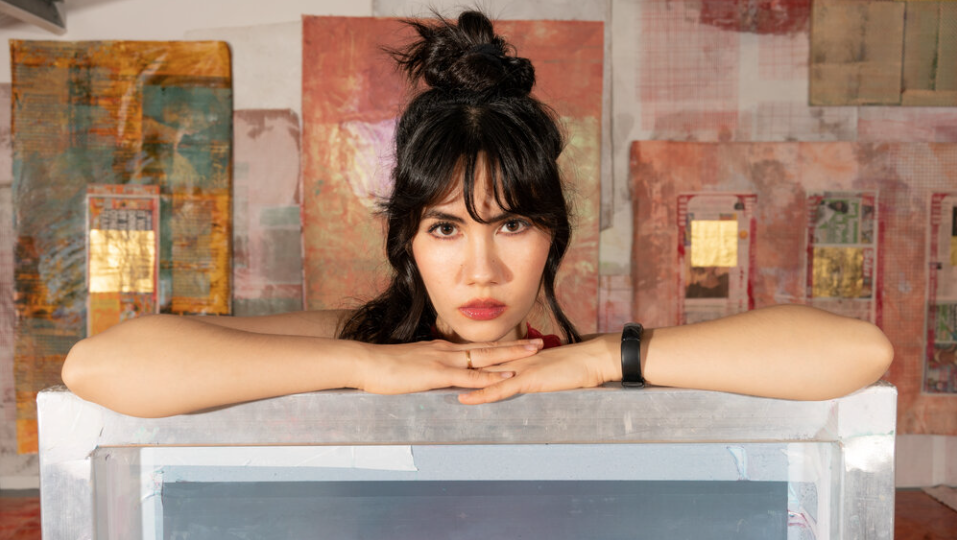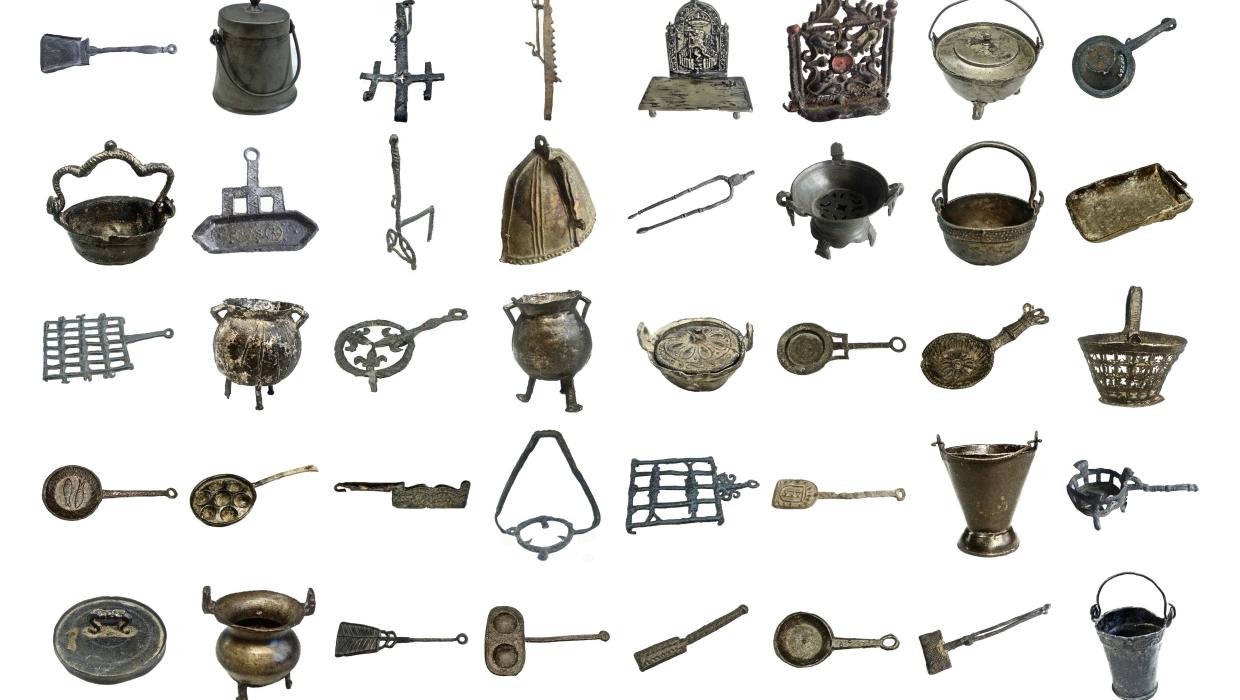Remix Rotterdam
‘Remix Rotterdam’ is an encounter between two museums: Museum Boijmans Van Beuningen and the Wereldmuseum: museums that are inextricably linked to the city of Rotterdam and share common donors and visitors. Museum Boijmans Van Beuningen, which opened in 1849, has traditionally focused on collecting Western objects and works of art. The Wereldmuseum, founded in 1885, focuses primarily on cultural artefacts from Asia, Africa and the Americas. The exhibition, featuring 120 objects from the Middle Ages to the twentieth century, constitutes an experimental, cosmopolitan museum based on a remix of the Rotterdam collections. It blurs classical collecting categories and reveals trans-historic and transcultural connections.























